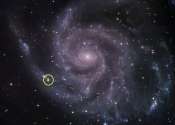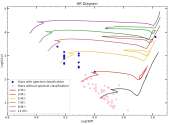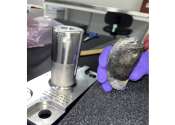Dating the solar system's giant planet orbital instability using enstatite meteorites
Evidence from the fragments of a destroyed asteroid suggests that the shift in the positions of the giant planets in our solar system billions of years ago happened between 60–100 million years after the solar system's ...









